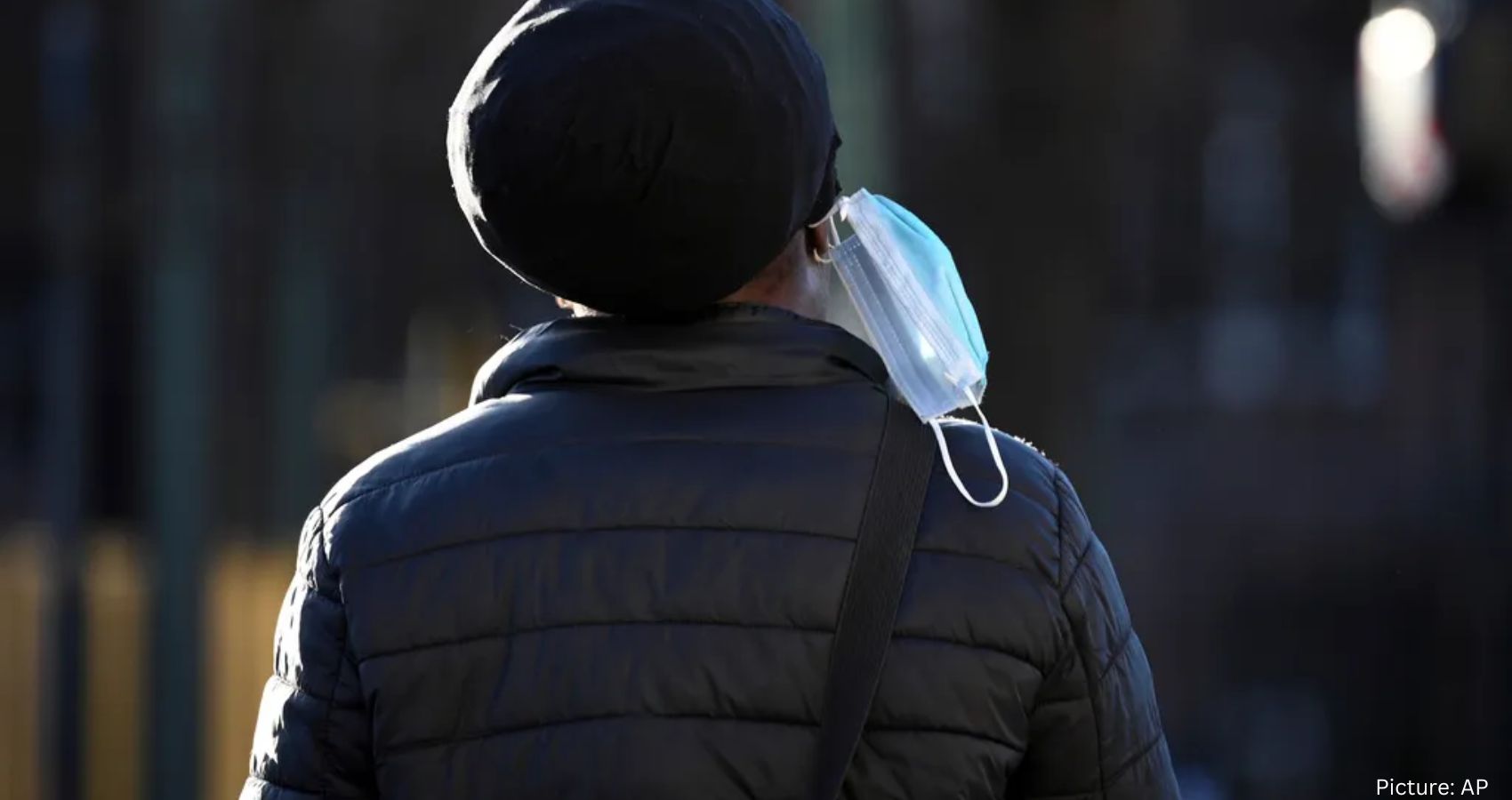In recent times, a substantial portion of the U.S. population has found themselves grappling with respiratory illnesses, constituting 7% of all outpatient healthcare visits during the week ending December 30, as per data from the U.S. Centers for Disease Control and Prevention (CDC). While flu, RSV, and other routine winter viruses contribute to this surge, the highly contagious JN.1 variant of COVID-19 is playing a significant role, presenting a challenging start to the year. Epidemiologist Katelyn Jetelina, author of the Your Local Epidemiologist newsletter, asserts that Americans are witnessing a potential glimpse into their “new normal.”
Jetelina laments, “Unfortunately, signs are pointing to this [being] the level of disruption and disease we’re going to be faced with in years to come.”
The absence of active COVID-19 case tracking by the CDC complicates the assessment of the virus’s spread. Wastewater analysis, while not a perfect substitute, currently serves as a real-time signal, and its data indicate that the ongoing surge may only be surpassed by the initial Omicron wave in early 2022. Some projections suggest that over a million individuals in the U.S. could be contracting the virus daily at the peak of this surge.
Hospitalizations due to COVID-19 have seen an increase, with almost 35,000 recorded during the week ending December 30, a 20% rise from the previous week in 2023. Deaths, typically lagging behind hospitalizations, are already at around 1,000 per week in the U.S.
Despite these concerning trends, everyday activities such as working in offices, attending schools, dining in restaurants, and sitting in crowded movie theaters continue with minimal masking. Dr. Ashish Jha, dean of the Brown University School of Public Health, and former COVID-19 response coordinator for the Biden Administration, emphasizes that the changing landscape is influenced by factors such as widespread immunity, available treatments like Paxlovid, and the general population’s familiarity with mitigation measures.
Jha states, “COVID is not gone, it’s not irrelevant, but it’s not the risk it was four years ago, or even two years ago.” He advocates for a balanced approach, acknowledging the persistent risks for certain groups while asserting that vaccines and treatments should instill confidence in resuming normalcy.
Dr. Robert Wachter, chair of medicine at the University of California, San Francisco, acknowledges the challenge of adjusting to this new reality after years of heightened vigilance. Wachter advises adapting behavior based on individual risk tolerance and vulnerability to severe disease, recommending additional precautions during surges.
With precise COVID-19 data less available, Jetelina suggests aligning behavior with specific objectives. For example, individuals aiming to protect vulnerable family members may choose to avoid crowded places before visits. Dr. Peter Hotez of the Texas Children’s Hospital Center for Vaccine Development emphasizes the need for more people to receive updated vaccines targeting newer variants to enhance overall protection.
Despite vaccination efforts, Long COVID remains a challenging risk to address. Jetelina notes that staying up-to-date on vaccines reduces the risk but does not eliminate it entirely. Hannah Davis from the Patient-Led Research Collaborative for Long COVID advocates for adopting precautionary measures such as wearing quality masks, improving ventilation, and testing before gatherings.
Davis contends that the government should do more to inform the public about the persistent risks of Long COVID and reinfections. She suggests policy measures, such as ventilation requirements for public places and mask mandates on public transportation, to supplement individual efforts.
While some mask mandates have been reinstated in certain healthcare facilities and nursing homes, Jha argues against widespread mandates, asserting that with the current array of tools available, they are less crucial. Jetelina anticipates a potential relaxation of COVID-19 guidance in 2024, speculating on changes to isolation guidelines by the CDC.
Looking ahead, Wachter predicts that the threat of COVID-19 will become integrated into background risks, similar to other potential health hazards. Jha emphasizes the need to move forward rather than attempting to revert to pre-pandemic norms. He expresses hope that lessons learned during the pandemic will lead to a comprehensive approach to respiratory diseases, standardizing guidance on vaccines, masks, ventilation, and sick-leave policies for all infectious diseases, not just COVID-19.











